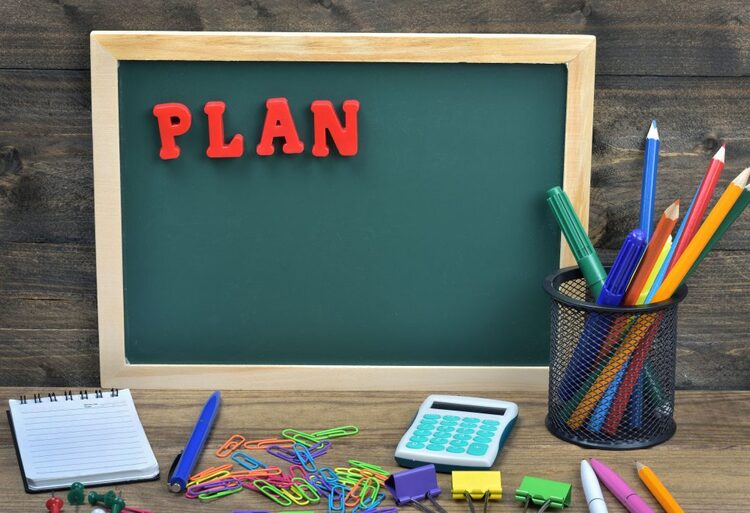
10 Steps to Developing an Engaging Lesson Plan

Lesson planning can often be quite difficult. It either ends up being repetitive or you get stuck for ideas and fall at the first hurdle. If you’re lacking inspiration for lesson plan ideas, don’t worry. The experts here at REESON Education are on hand to show you how to make an engaging lesson plan that’ll keep your students interested.
Making a Lesson Plan
Below are the steps we’ve outlined as a suggestion for your lesson plan and can be ideal for those of you in a London-based teaching job. Please note, that this is just a guide and isn’t the only way to create a lesson plan. Feel free to take inspiration from it and turn it into your own.
Goals
The first thing you’re going to want to think about when making a lesson plan is what the end goal is. Think about the current ability of your students and whether or not they’ll be able to achieve what you have planned. If the answer is no, you should consider making the overall lesson a little less complex.
You should also think about the time frame you have to work with. Is this a quick and simple subject that can be taught in a day or is it something that’ll be spread out over a couple of lessons?
Resources
When thinking about what you’re going to teach, think about how you’re going to relay the message. Will you need resources to help you? If you do, compile a list of everything you’re going to need to make sure that you’re not caught short on the spot. Whether it’s the internet you’re using or simply a handful of pens and paper, making sure you’re properly prepared for the lesson is essential. If not, your whole lesson will crumble down.
Anticipatory Set
So, you’ve got a particular topic in mind. But exactly how do you start it? An anticipatory set is a small section of the lesson carried out at the beginning that helps to get students motivated and engaged. It will help to get pupils in the mood and prepare them for the day’s learning.
A good way to start is to get students to think about what’s going to be taught. Try creating a setting for them to imagine themselves in as it will help to build anticipation.
Introduction
Introducing your lesson can be one of the hardest parts. As long as you start it off in the right way, your students are much more likely to be engaged throughout the rest of the lesson. This is simply where you need to talk about what will be discussed during the lesson while also advising students on what you expect from them. It may be a good idea to try and gather an understanding of what your pupils already know about what you have lined up for them.
Direct Instruction
The meat and bones of your lesson. This is what you’re actually going to be teaching. One of the best ways to relay a message is to do it with different methods. It’s all about balance and finding what works for your students. Active learning in the classroom is one of the most fundamental ways to get your point across and make sure your subject sinks in.
Class Activities
When you’ve finished what you have to say, it’s always a good idea to test how much of what you’ve said has been listened to. Think of a fun activity for the class to carry out; something that’ll test their knowledge and get them to involve themselves in the lesson. Students are much more likely to learn by participating rather than being talked at for the entire lesson. Try something like a quiz, debating in the classroom or get students to create a poster, storyboard or presentation.
Guided Instruction
Once you’ve set your task, you need to make sure that your students are fully grasping the concept. Whether you set these as individual or group assignments, that’s up to you. But as pupils get to work, your job is to go around the room offering encouragement and guidance.
Differentiated Instruction
Bear in mind that your students are likely to learn at different rates as well as in different ways. If you only have one way of teaching and a particular student is struggling with it, how else are you going to be able to help them? You need to consider another way in which they can learn. For example, if someone finds reading difficult, let them watch a video or listen to a recording instead.
Closure
It’s time to wrap up the lesson. Think of a good way to close the subject to make sure students don’t lose interest just because the bell is about to ring for lunchtime or they know they’re about to go home because it’s the end of the day. You need to ensure that the topic you’re teaching is finished off in a way that students will remember. Try getting each pupil to say something that they’ve remembered and get them to write down what everyone else says in bullet points.
Setting Homework
Homework should be designed in a way so that students can independently practise the topic in their own time. Realistically, other than large projects, students aren’t going to be likely to spend hours on their homework. Just set small and simple tasks for them to do on a night time.

